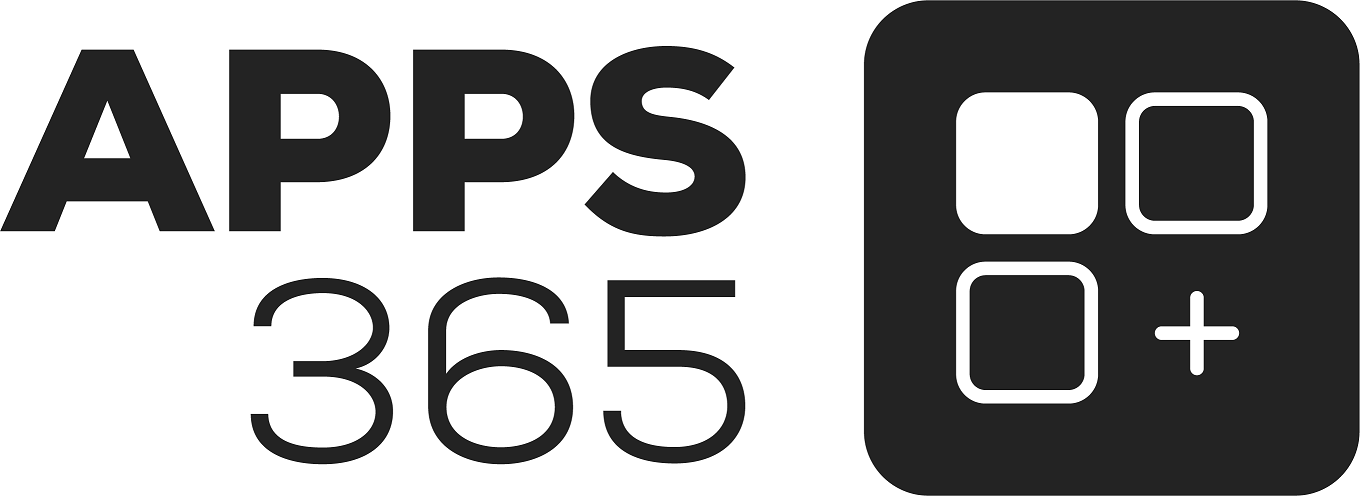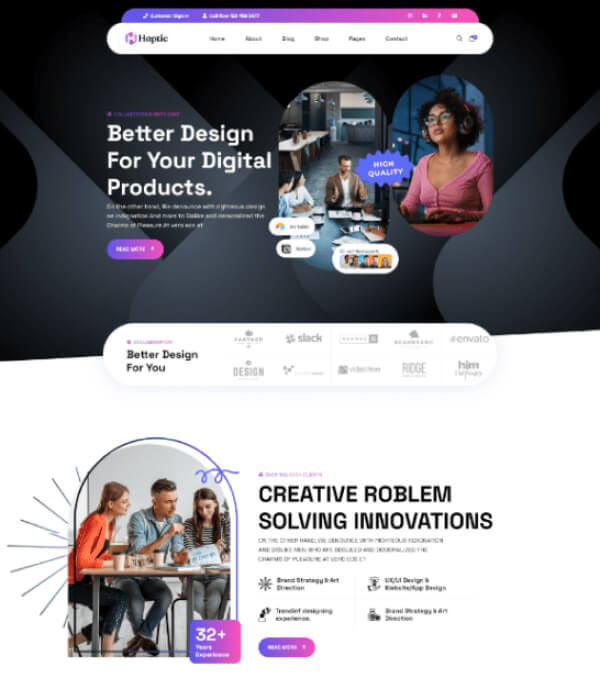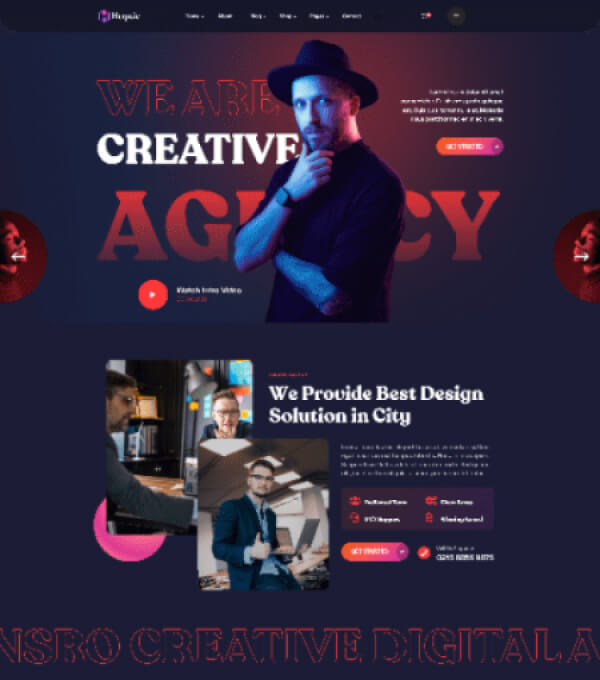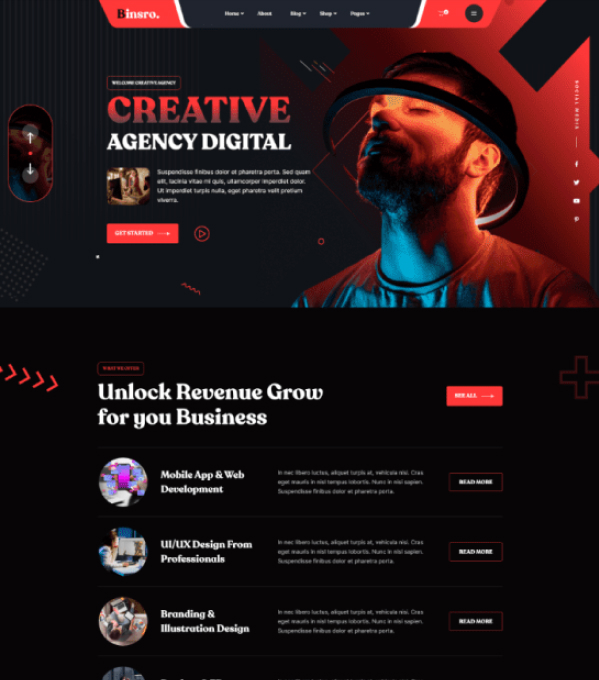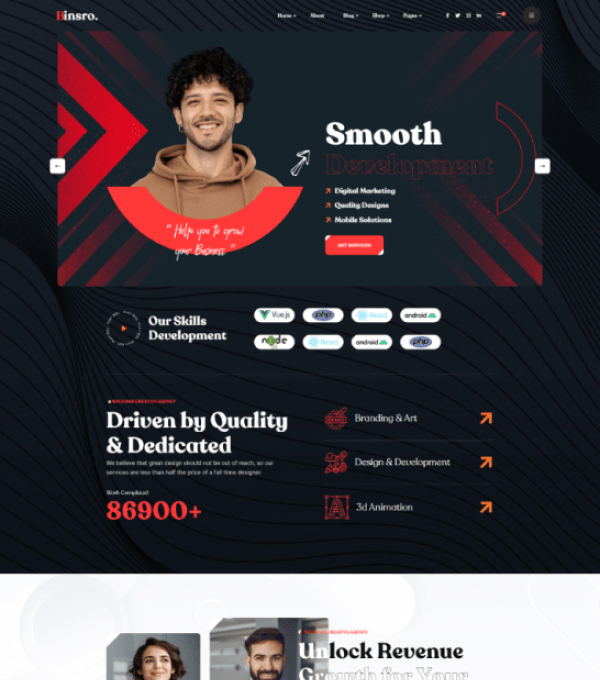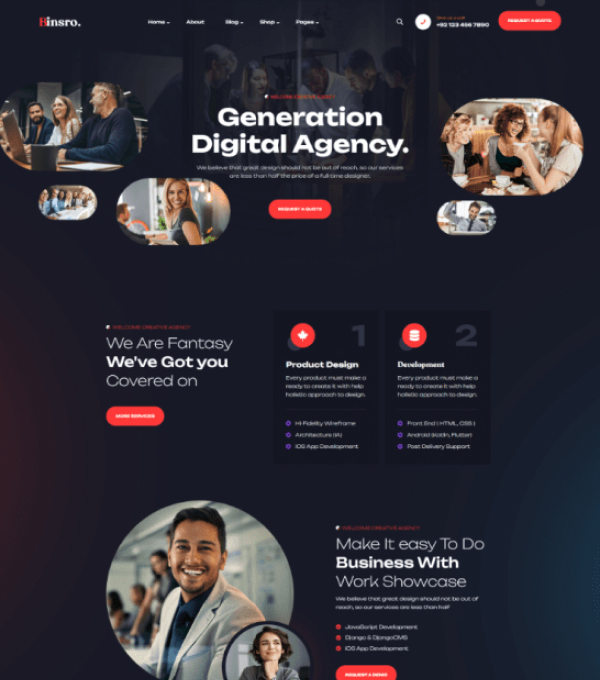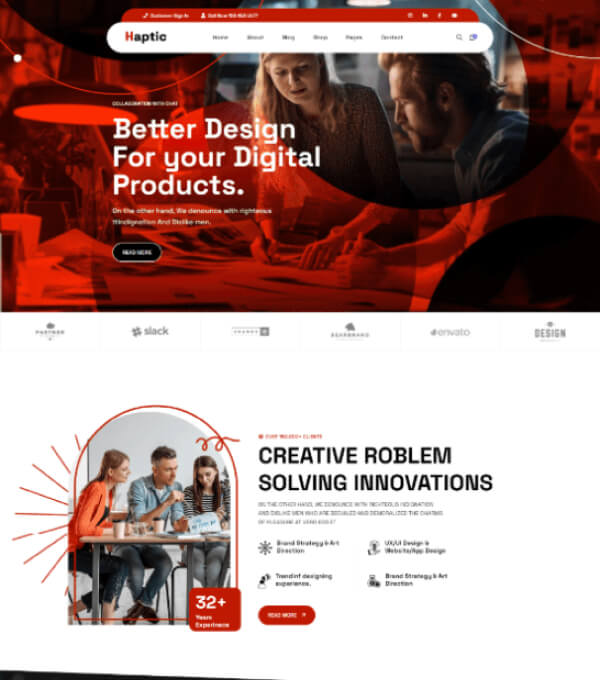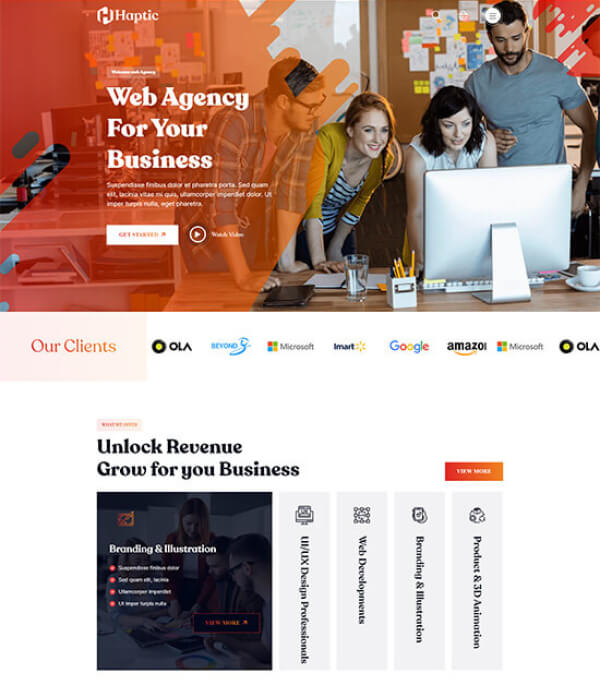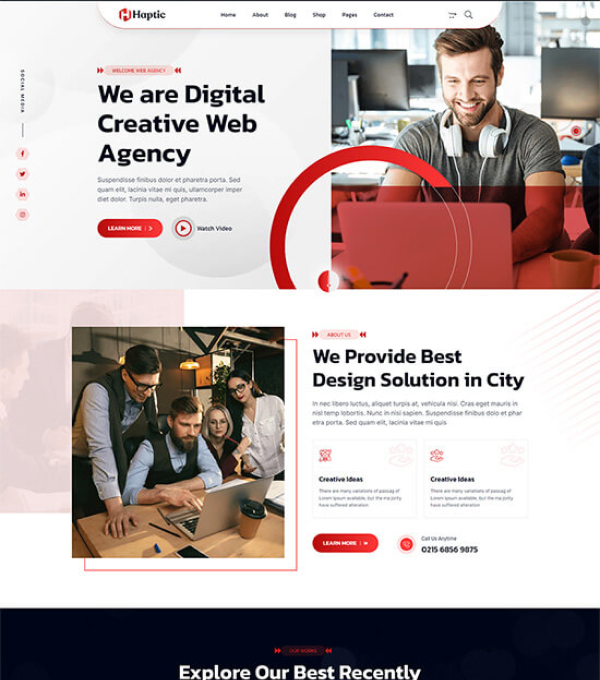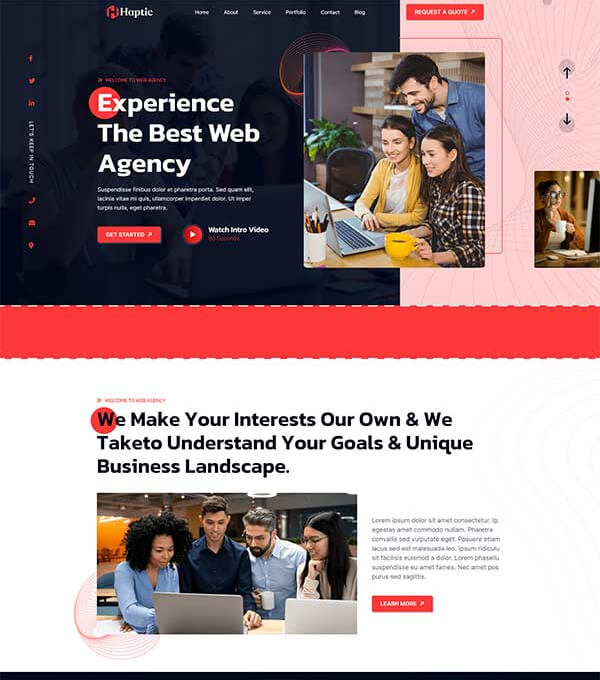
Ondispatch
Add a review FollowOverview
-
Founded Date June 3, 1980
-
Sectors Office
-
Posted Jobs 0
-
Viewed 30
Company Description
7 Step Recruitment Process for The Hybrid Age
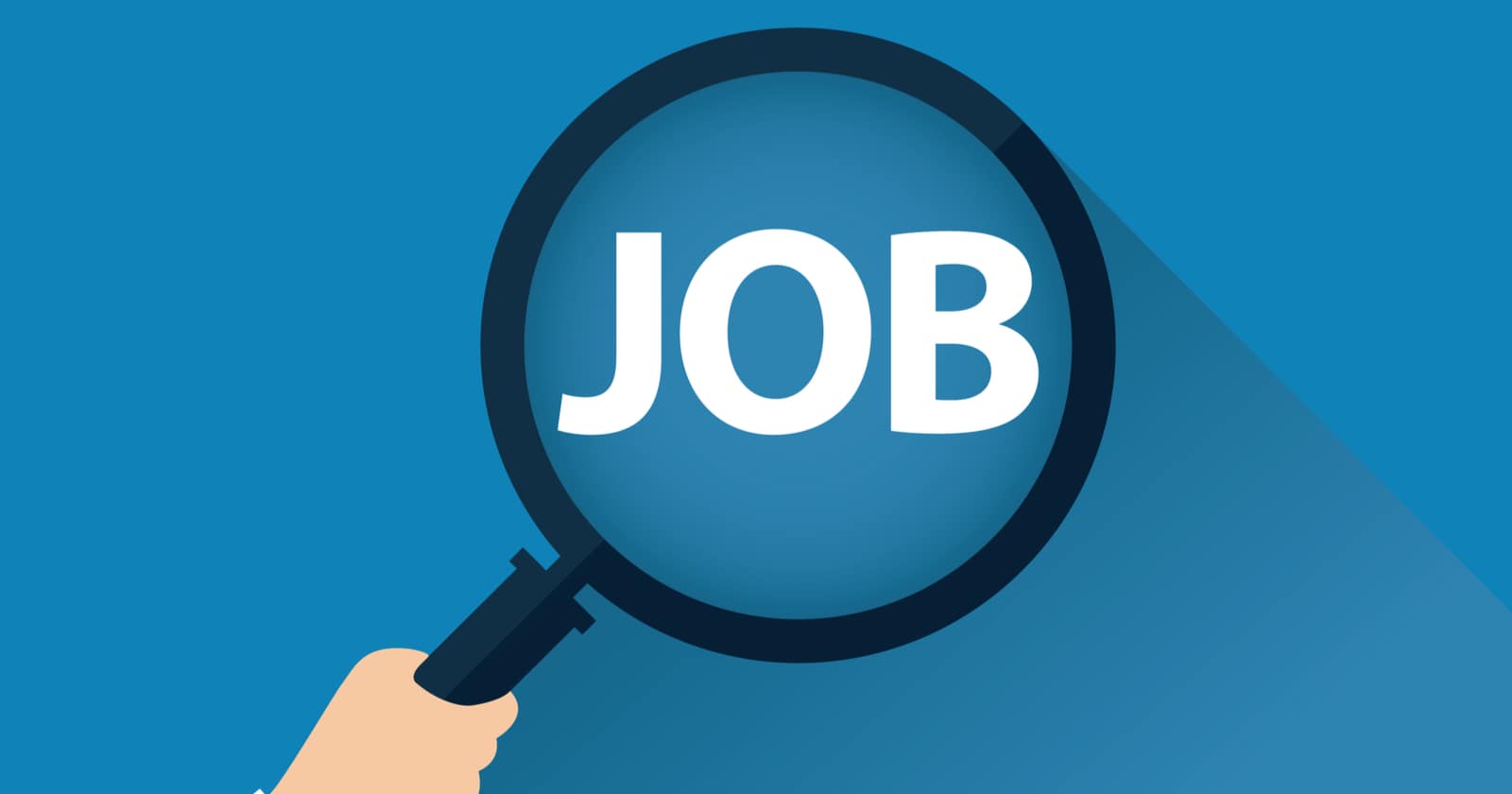
Data incorporated org chart based preparation tools.
Agile task planning with integrated job.

IT and Cloud architecture tools for all platforms.
Product Management & Software Architecture.
Brainstorm, strategy projects and arrange possessions.
Process, Value chain and System analysis tools.
A visual office for trainees and teachers.
Run Meetings, Workshops or get feedback.
Document, strategy and enhance company.
Idea to execution on a single collaborative.
Enterprise-grade security & group collaboration.
Log In
Register Free
Home.
Solutions.
Strategy Execution Software HR Planning Software IT & Operations Planning Project Management Software Business Process Management Creately for Software Teams Production & Manufacturing Planning Creately for Education Creately for Marketers
Resources.
Plans.
Features.
Templates.
Blog.
Affiliate Program.
Enterprise.
Contact Sales.
Resources.
HR Planning.
7 Step Recruitment Process for the Hybrid Age.
7 Step Recruitment Process for the Hybrid Age
Importance of a Well-Defined Recruitment Process.
Developing a Sure-fire Recruitment Process.
Employee Recruitment Best Practices to Keep in Mind.
Recruitment Process Effectiveness Metrics.
What’s Your Recruitment Process?
Increasing candidate flow and conversion rate has ended up being a common challenge in lots of organizations. To attract the best skill at the correct time, you require to have an effective recruitment process in place.
One of our significant goals for this year has become broadening our team. In the beginning, there was naturally a need to review our recruitment procedure to see what we might do to increase our prospect conversion rate.
We started by re-defining our recruitment process according to our employing needs. As an outcome, we were effectively able to enhance candidate experience which caused much better prospect conversion.
In this post, we will share our optimized recruitment process and the steps we took to enhance it.
Importance of a Distinct Recruitment Process.
Developing a Foolproof Recruitment Process.
Employee Recruitment Best Practices to Bear In Mind.
Recruitment Process Effectiveness Metrics.
Importance of a Well-Defined Recruitment Process
A well-defined recruitment process is important for companies to efficiently and successfully identify, attract, and pick the most ideal prospects for their job openings. It offers a structured structure for employing supervisors and HR professionals to follow, ensuring consistency and fairness throughout the recruitment process.
A well-structured recruitment process assists bring in top quality candidates by providing the organization as expert and arranged. It enables business to successfully communicate their company brand, values, and task requirements to possible candidates, increasing the likelihood of bring in qualified prospects.
Having a distinct recruitment procedure conserves time and lowers costs associated with hiring. Clear guidelines and standardized treatments simplify the whole recruitment cycle, from producing task descriptions and to conducting interviews and making deals. This performance leads to faster hiring decisions and decreases the possibilities of making expensive errors.
A standardized recruitment process promotes fairness and level playing field for all candidates. It guarantees that each applicant is assessed based on the exact same criteria and procedures, getting rid of predispositions and favoritism. Consistency in the selection procedure assists protect the organization from possible legal concerns connected to discrimination and promotes a diverse and inclusive labor force.
An efficient recruitment process develops a favorable impression of the organization in the minds of candidates, despite whether they are eventually worked with or not. By offering clear communication, prompt updates, and a smooth candidate journey, organizations can build their credibility as a company of choice. A favorable candidate experience can cause much better employer branding, word-of-mouth referrals, and a larger skill swimming pool for future openings.
A structured recruitment process enables better decision-making by providing an organized method to assess and compare candidates. It enables employing supervisors to examine prospects based on predetermined criteria, such as abilities, qualifications, experience, and cultural fit. This decreases the subjectivity in the decision-making procedure and increases the possibilities of choosing the most appropriate candidate for the role.
A great recruitment process sets the stage for a smooth onboarding experience. When the working with process is well-structured and prospects have a clear understanding of their roles and responsibilities, they are more likely to transition seamlessly into their new positions. Effective onboarding boosts employee engagement, satisfaction, and retention rates, minimizing the costs and efforts associated with turnover.
Developing a Sure-fire Recruitment Process
The recruitment procedure might vary from business to business based upon the organizational structure, selection procedure, nature of operations, etc. But any well-planned recruitment procedure need to help the employing team hire the ideal candidate.
Here at Creately, we follow a 7-step recruitment procedure that helps us find, bring in and keep the best kind of candidates. The steps are;
1. Identify the working with needs.
2. Prepare job descriptions.
3. Devise recruitment strategy.
4. Screen and shortlist candidates.
5. Conduct interviews.
6. Evaluate and make the offer.
7. Onboard the brand-new worker.
Step 1: Identify the employing needs
What are your existing hiring requirements? May be a staff member simply left or a brand-new task position simply opened. Once you determine the jobs that exist, you can then define the task specs such as abilities, understanding, experience, and so on.
This action involves determining the organization’s staffing requirements. For instance, a growing tech startup might recognize the need to employ a task supervisor, a software application engineer, and a marketing specialist to support their expanding operations. You can determine your employing needs by checking,
– Any spaces in performance, skills or efficiencies that you need to fill.
– An abrupt boost in work that your team can not appear to manage.
– Any employees who will be leaving the business soon.
At Creately, we make use of an org chart that notes the existing staff members and their abilities. This helps us see at a look what skills exist within our company and what skills we need moving forward. The org chart will be upgraded with each brand-new hire.
Step 2: Prepare job descriptions
Once you know the skills, knowledge and experience gaps you need to fill, specify the task role, duties and duties.
A total job description helps you know what to search for in potential candidates. It also serves as a checklist for candidates to tick before they choose they are suitable for the role and use – which implies, more appropriate prospects. For example, a job description for a job supervisor might consist of jobs such as supervising project timelines, employment managing resources, and ensuring efficient communication among employee.
The elements that must be included in a task description are
– Title.
– Responsibilities.
– Necessary certifications and skills.
– Compensation, benefits, and advantages.
– Location.
Here’s a cool little trick we follow at Creately – prior to composing the task description – we go the additional mile to produce a candidate personality.
Similar to the buyer persona, the job prospect personality is a semi-fictional representation of a perfect prospect for the position you are hiring for.
Creating a prospect personality assists you identify what your prospect is searching for, how and where to find them. And it offers you the chance to
– Write more appropriate job descriptions, task application forms, emails, training material, etc).
– Identify the best-recruiting channels.
– Create premium and tailored material to draw in relevant prospects.
– Understand the candidate requirements of your stakeholders.
– Update and reuse in the future.
Step 3: Devise your recruitment method
This is where you decide how to draw in and keep the perfect prospects. Here you must think about whether you can discover a possible prospect from within the company itself or whether you need to hire from outside.
In your method, you require to consider
– The geographical area you’ll be targeting.
– The technique of recruitment (worker referrals, social media, video interviews, etc).
– Creating relevant task advertisements.
– Channels for publishing job advertisements (social networks networks, task boards, business sites, etc).
And we know that it would can be found in handy to have described the entire recruitment procedure in the shape of a flowchart.
This assisted us keep the procedure well-organized, keep the whole hiring group on the same page, make certain that we stick to the plan and skip no crucial action.
Step 4: Screen and shortlist candidates
Your recruitment strategy was a big success and have built up a sky-high stack of application. What’s next?
Here are the actions we follow when we face this precise difficulty
– First, we sort through the applications to discover the ones with minimum certifications.
– Then we separate resumes with the favored credentials. Here we consider the candidate’s experiences, accreditations, domain and technical proficiencies, and skills. For instance, if we get 100 applications for a software engineer position, we shortlist 10 candidates based on their educational background and relevant experience.
– Those prospects who have the minimum certifications and the required credentials will be shortlisted.
– If there are any concerns concerning their application, we ‘d make a note so we can get it clarified during the interview.
Step 5: Interview Process
After the application or the task advert, this is where your possible prospect will can be found in direct contact with you. So it’s time to make a great impression on them as a potential company.
Interviews can take numerous types, such as phone screenings, video interviews, or in-person conferences. During the interviews, the organization evaluates the prospects’ capabilities, social skills, and cultural fit. Behavioral and situational questions might be asked to examine how prospects handle specific scenarios.
And this is where you need to be concerned about prospect experience one of the most.
Here’s what we did to enhance the candidate experience
Visualized interview program
To make it easy for both our group and the prospect, we have actually envisioned the interview procedure. It’s clear and helps get rid of any confusion.
We would connect it with the very first email we send to our selected candidate. This assists them comprehend what the procedure is, how much time it will take and prepare themselves appropriately.
We ‘d share the visual, highlighting the completed actions and the next step they require to get ready for in the next few e-mails.
Let them book more effective time slots themselves
Being versatile and revealing a willingness to work around the schedule of your candidate is a terrific plus for you. From our phone screening sessions to conversation sessions, we would let the prospect book a preferable time slot (based upon the accessibility of time slots) themselves with Calendly.
We ‘d just share the link in the appropriate e-mail making it seamless for both people.
Step 6: employment Make the deal
This is the time to examine with the candidate’s references and examine each prospect’s efficiency and selects the most appropriate prospect for the position. This action includes examining factors like credentials, experience, interview performance, and alignment with the business culture. Once the decision is made, the company extends a task deal to the picked prospect(s), including details such as salary, benefits, and begin date.
However, there’s a chance that the very first appealing prospect you have actually selected may not accept it. In which case, you need to be prepared to extend the deal to the 2nd finest or 3rd finest prospect.
Step 7: Employee Onboarding
Then comes staff member onboarding. This is where you make the new worker settle in. This does not just consist of showing the beginner around the workplace and introducing them to others.
This step involves providing essential paperwork, presenting the brand-new staff member to the team, acquainting them with company policies and procedures, and establishing any required training or orientation programs. For example, employment the brand-new employee may be appointed a coach or offered with a worker handbook to facilitate their combination into the company. We have actually covered this topic in these 2 resources in more information.
Employee Recruitment Best Practices to Keep in Mind
1. Define clear job requirements
Clearly detail the job requirements, consisting of abilities, certifications, and experience required for the position. This helps attract candidates who closely match the desired criteria.
2. Develop an engaging employer brand
Build a strong employer brand name by showcasing the company’s values, culture, and benefits. Highlight the unique aspects that make your company an attractive place to work, which can assist draw in leading skill.
3. Utilize several sourcing channels
Don’t restrict yourself to simply one sourcing channel. Get the word out about job openings through online platforms, social media, and even ask your existing workers for referrals. The more avenues you check out, the more skill you’ll find.
4. Streamline the application procedure
Keep the application process easy and stress-free. Minimize the number of steps and required documents, and provide clear directions. A basic and uncomplicated application procedure improves the prospect experience and encourages more applicants to complete the procedure.
5. Conduct thorough screening and evaluation
Put in the time to actually learn more about the prospects. Review their resumes, conduct skill evaluations, and hold interviews. By looking beyond the surface area, you’ll find those diamonds in the rough.
6. Implement structured interviews
Use structured interviews with the exact same set of concerns for all candidates. This levels the playing field and makes sure everybody gets a fair shot. Plus, it assists you make more accurate contrasts in between candidates.
7. Involve several stakeholders
Involve others in the recruitment process. Your colleagues and group members can supply valuable insights and help examine candidates. Together, you’ll make better decisions and find the best fit.
8. Provide a positive prospect experience
Treat candidates like VIPs. Keep them notified, supply updates, and deal positive feedback even if they do not make the cut. A favorable prospect experience will leave a lasting impression and encourage them to recommend your business to others.
9. Conduct thorough background checks
Before making a deal, make sure to perform thorough background checks. It’s constantly much better to be safe than sorry. Verify certifications, employment history, and accreditations to ensure you’re getting the real offer.
10. Continuously evaluate and improve the recruitment procedure
Regularly evaluation and assess the effectiveness of your recruitment process. Collect feedback from working with managers, candidates, and other stakeholders to recognize areas for enhancement. Then, make tweaks and modifications to make the process even much better next time.
Recruitment Process Effectiveness Metrics
Recruiting metrics specify measurements utilized to assess and examine the effectiveness, efficiency, and success of the recruitment process. These metrics supply valuable insights and data that assist employers and hiring teams make notified decisions and enhance their recruitment techniques. To evaluate the effectiveness of the recruitment procedure, you can track the following metrics:
Time-to-fill: Measures the speed of filling jobs. A shorter time-to-fill indicates efficient recruitment procedures and minimizes the time a position remains uninhabited.
Cost-per-hire: Calculates the expenses of employing brand-new workers. Tracking cost-per-hire helps enhance recruitment spending plan allocation.
Quality-of-hire: Assesses the performance and contribution of brand-new hires. A premium hire positively impacts the organization’s productivity and success.
Applicant-to-interview ratio: Indicates the conversion rate from applicants to interviews. A low ratio may suggest ineffective screening methods or a lack of qualified candidates.
Offer approval rate: Measures the portion of accepted job deals. A high acceptance rate shows effective candidate tourist attraction, favorable employer branding, and competitive compensation plans.
Source of hire: Tracks the channels that yield successful hires. Understanding the most efficient sourcing channels helps optimize recruitment marketing and focus on channels that yield the very best results.
Candidate experience: Evaluates candidate satisfaction throughout the process. A positive prospect experience assists draw in leading skill and boosts the organization’s company brand.
Diversity and addition metrics: Measures representation of underrepresented groups. Tracking variety metrics helps evaluate progress towards variety and addition objectives and promotes a more inclusive labor force.
Offer-to-acceptance ratio: Tracks the percentage of accepted job offers. A low ratio might suggest issues with the deal package, misalignment between prospect expectations and company offerings, or weaknesses in the negotiation process.
Retention rate: Measures the percentage of new hires maintained. A high retention rate suggests effective recruitment and onboarding procedures.
What’s Your Recruitment Process?
These steps have actually helped us simplify and simplify our recruitment procedure. But we have not ended it there. We regularly monitor it to see how it’s performing, which assists us keep it optimized.
However, these steps might not fit all business as a recruitment procedure is organization-specific. But it does not imply you can not personalize these steps to fit your own requirements. Do show us what additional steps you follow in your procedure in the remark section listed below.
Join over countless organizations that use Creately to brainstorm, plan, examine, and execute their projects successfully.
FAQs on the Recruitment Process
How to leverage technology to simplify the recruitment process?
Automated job circulation systems can assist reach a bigger audience quickly and effectively. Additionally, applicant tracking systems (ATS) can assist in managing and organizing prospect data, making it easier to recognize appropriate candidates from a large pool of candidates.
Pre-employment assessment tools can be utilized to assess candidates’ abilities and abilities, providing objective information to assess their viability for the position.
Video speaking with platforms offer functions like taping interviews, sharing them with the working with group, and carrying out virtual panel interviews. This saves time and resources, specifically for geographically dispersed prospects.
Candidate Relationship Management systems save prospect information, track interactions, and supply insights into the candidate pipeline. Automated interaction tools can send customized emails, updates, and alerts to candidates, boosting their experience and keeping them engaged throughout the procedure.
AI-powered tools can help in examining candidate certifications, skills, and employment cultural fit. AI algorithms evaluate large data sets to identify patterns and predict candidate success based upon historic hiring data.
Collaboration tools, such as task management platforms and shared file repositories, make it possible for effective interaction and partnership amongst employing teams.
Online websites and finding out management systems (LMS) can provide training products, orientation programs, and business resources, making sure a smooth transition for new workers.
What are the benefits and performance of applicant tracking systems?
An Applicant Tracking System (ATS) is a software application tool designed to simplify and automate the recruitment procedure. ATS platforms are typically used by HR departments, recruiters, and hiring supervisors to manage the entire hiring procedure, from job publishing to onboarding. Popular ATS alternatives include tools like Workable, Greenhouse, Lever, iCIMS, and BambooHR.
– ATS platforms act as a centralized database for all candidate-related information, consisting of resumes, applications, and interview feedback.
– They immediately parse and screen resumes based upon predefined requirements and keywords helping filter out unqualified candidates.
– They assist in cooperation amongst employing groups by allowing numerous users to gain access to and evaluation candidate profiles, share feedback, and communicate within the system.
– ATS systems enable recruiters to track the progress of candidates throughout the working with procedure.
– They supply valuable insights and metrics connected to recruitment processes, such as time-to-fill, source of candidates, and applicant demographics.
What are the common issues in recruitment?
Recruitment procedures can encounter various difficulties and problems that can prevent the effectiveness and performance of employing. Some typical problems in recruitment include:
Talent scarcity: Difficulty in discovering qualified candidates with the needed abilities and experience for specific functions.
Lengthy time-to-fill: Delays in filling task vacancies, which can result from a complex or prolonged recruitment process, resulting in increased expenses and productivity loss.
High competitors: Facing intense competitors from other companies for leading skill, particularly in industries where there is high demand for specialized abilities.
Limited resources: Limited spending plan, workforce, or technology resources for recruitment, employment which can affect the ability to attract and employ premier candidates.
Changing task market: Adapting to evolving task market trends, consisting of shifts in prospect preferences, skill requirements, and emerging task functions.
Cultural fit: Ensuring prospects line up with the company’s worths, work culture, and group dynamics, employment as a bad cultural fit can cause frustration and prospective turnover.
Evolving recruitment innovation: Keeping up with developments in recruitment innovation, expert system, and automation tools, to enhance procedures and remain competitive.
Author
Amanda Athuraliya is the interaction specialist/content author at Creately, online diagramming and collaboration tool. She is a devoted reader, a budding writer and a passionate scientist who enjoys to discuss all sort of subjects.
Thank you for your input. We will examine your comments and continue with approval.

